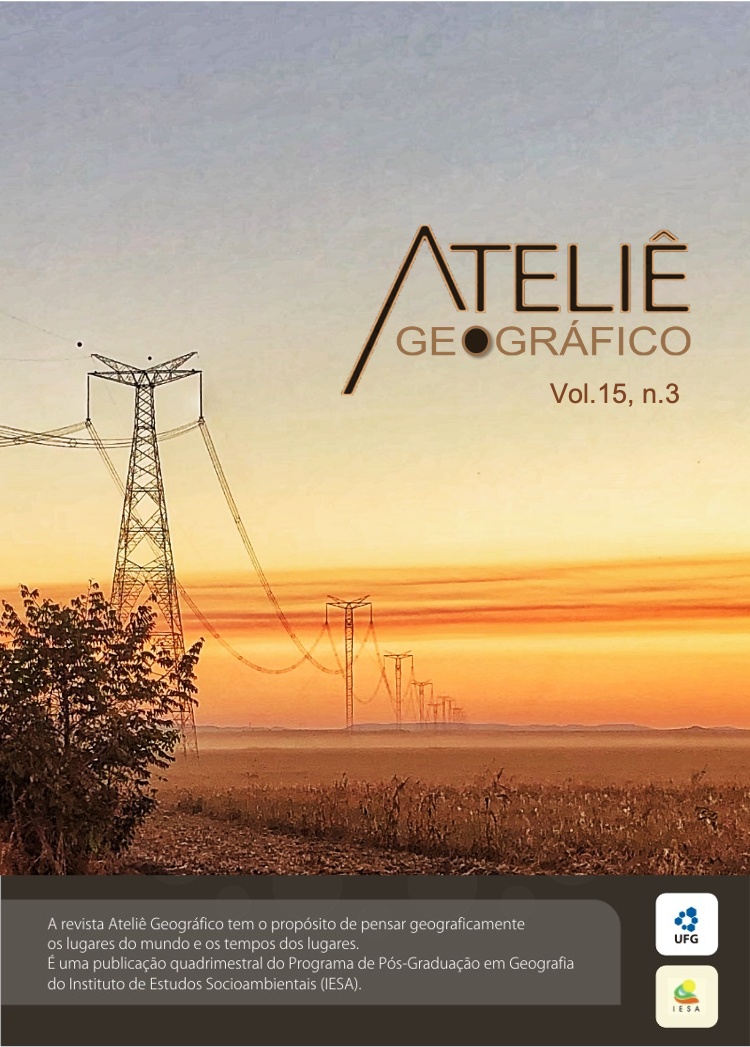Morphoclimatic zones and their contribution to the delimitation of the climate: The case of the agricultural border and the páramo de Güicán in Boyacá, Colombia
DOI:
https://doi.org/10.5216/ag.v15i3.67354Abstract
It was considered necessary to review the methodological and conceptual approaches used for more than four decades and that affect the mapping of the environmental climate, which is key in the delimitation of soils on a semi-detailed scale. A procedure was applied that improves the limits of the climatic units used in the soil surveys following the principle of climatic zoning based on the humidity condition according to Holdridge. This representation of the environmental climate was designed on a semi-detailed scale and through geomatic processes with the application of a quantitative method based on the climatological normal 1980 - 2010. Within this context, the objective of this research was to apply this knowledge to propose border adjustments agriculture for 69 Colombian municipalities and show its usefulness in the implementation of ecosystem services and public policies. Thematic consistency should begin with the knowledge acquired during the elaboration of the soil cartography and in the improvement of the procedures when that representation is closer to the terrain.
Keywords: Morphoclimatic Zones, Agricultural Frontier, Soil Survey, Cartographic Representation.
Downloads
Downloads
Published
How to Cite
Issue
Section
License
Autores que publicam nesta revista concordam com os seguintes termos:- Autores mantém os direitos autorais e concedem à revista o direito de primeira publicação, com o trabalho simultaneamente licenciado sob a Licença Creative Commons Attribution que permite o compartilhamento do trabalho com reconhecimento da autoria e publicação inicial nesta revista.
- Os autores não serão remunerados pela publicação de trabalhos na Revista Ateliê Geográfico. Além disso, os conteúdos publicados são de inteira e exclusiva responsabilidade de seus autores, ainda que reservado aos editores o direito de proceder a ajustes textuais e de adequação às normas da publicação.
- Autores têm permissão e são estimulados a divulgar seu trabalho online (ex.: em repositórios institucionais ou na sua página pessoal), já que isso pode gerar alterações produtivas, bem como aumentar o impacto e a citação do trabalho publicado (Veja O Efeito do Acesso Livre).


